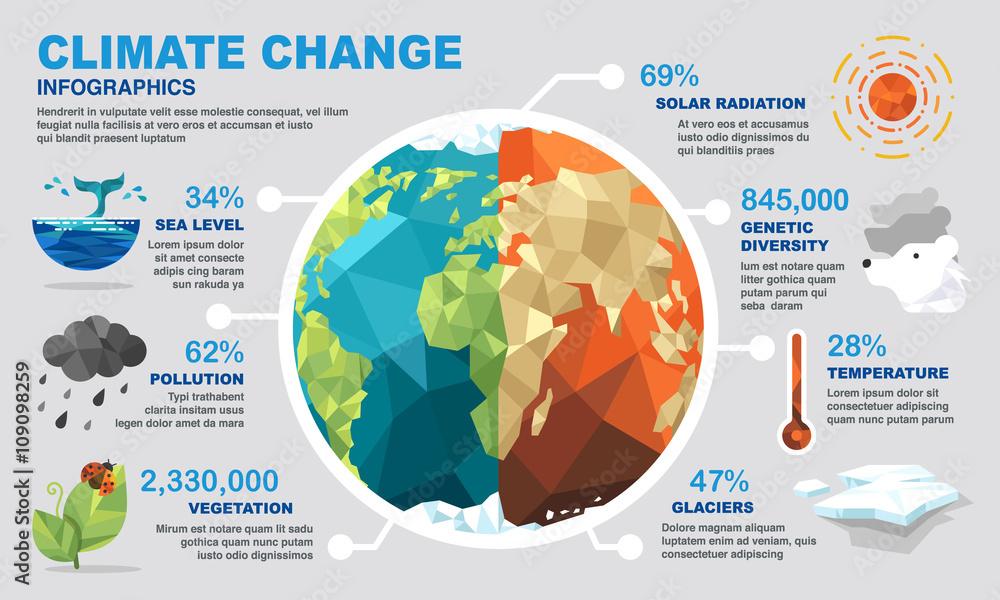Urgent Insights on the Vulnerability of North American Birds Amid Climate Change
A recent investigation published in Nature has raised significant concerns regarding the effectiveness of geographic relocations as a means to protect North American avian species from the intensifying impacts of climate change. As temperatures fluctuate and extreme weather events become more frequent, researchers emphasize that simply moving birds to more suitable climates is insufficient for their long-term survival. The study indicates that numerous bird populations are at a pivotal moment, grappling with intricate ecological challenges that extend beyond mere geographical shifts. This article explores the ramifications of these findings, shedding light on their broader implications for biodiversity and conservation initiatives as urgent climate action becomes increasingly necessary.
Inadequate Geographic Relocations for Bird Conservation
The latest research reveals a disconcerting truth: the changing habitats of North American birds are failing to provide adequate protection against escalating climate threats. While some species have begun migrating toward cooler regions in response to rising temperatures, these geographic adjustments often do not suffice to preserve their populations. Key factors contributing to this ineffectiveness include:
- Habitat Loss: Rapid urban development and alterations in land use severely limit new nesting and feeding opportunities.
- Heightened Competition: Newly arrived species may outcompete native birds for essential resources, further complicating survival efforts.
- Migratory Disruptions: Changes in seasonal cues can interfere with traditional migration routes, resulting in mismatched timing.
The repercussions of these shifts extend beyond individual bird species; entire ecosystems risk destabilization due to disrupted interspecies relationships. Ornithologists advocate for enhanced conservation strategies that transcend geographical limitations, including:
- Permanently Protecting Habitats: Ensuring existing ecosystems remain intact is vital for supporting birds throughout all life stages.
- Dynamically Adaptive Management: Employing flexible strategies capable of swiftly responding to evolving environmental conditions is crucial.
- Cultivating Public Engagement: Mobilizing communities can foster collective efforts toward bird conservation and habitat restoration initiatives.
Understanding Species Vulnerability and Habitat Degradation
The effects of climate change on avian populations across North America are becoming alarmingly pronounced; studies indicate that simple geographic relocations cannot adequately mitigate vulnerability risks. As habitats undergo drastic transformations, many bird species face increased threats to their existence. The findings highlight several primary factors influencing this vulnerability:
- Ecosystem Fragmentation: Human activities leading to habitat shrinkage or fragmentation hinder birds’ ability to find suitable nesting and feeding territories.
- Diminished Food Sources: Climate change disrupts food availability by altering its timing and location, upsetting delicate ecosystem balances essential for avian survival.
- Aggressive Competition from New Arrivals: strong > Migrants entering new areas may encounter established competitors which could lead native bird populations into decline further exacerbating existing challenges.
The data emerging from recent studies underscores the limitations inherent in relying solely on geographic redistributions when addressing complex climate-related challenges faced by avian species today. Below is a summary table illustrating projected changes in bird populations over the next decade based on current research findings:
| Projected Year | Estimated Population Decline (%) | Expected Habitat Shift (miles) |
|---|---|---|
| 2025 | 15% | 50 miles |
| 2030 b > td > | 25%
< / td > < td class = "wp-block-table” < tr > < tr class = "wp-block-table"
< th class = "wp-block-table"
< th class = "wp-block-table"
As climate change continues its relentless assault on North America’s avifauna , it becomes imperative for policymakers implement transformative measures without delay . Immediate actions should encompass an increase funding directed towards conservation programs aimed at safeguarding critical habitats vulnerable shifting climatic patterns . Furthermore enhancing regulatory frameworks designed protect these environments will mitigate adverse effects stemming urbanization agricultural expansion . Collaborative partnerships local communities can cultivate heightened awareness engagement preserving vital ecosystems ensuring prioritization both restoration protection . Moreover comprehensive approach necessitates establishment targeted monitoring systems track health migration patterns various avian species facilitating timely responses arising threats related climatic changes . Policymakers must also promote sustainable land-use practices balancing ecological requirements economic growth . Key recommendations include : <
<
<
<
<
<
|
